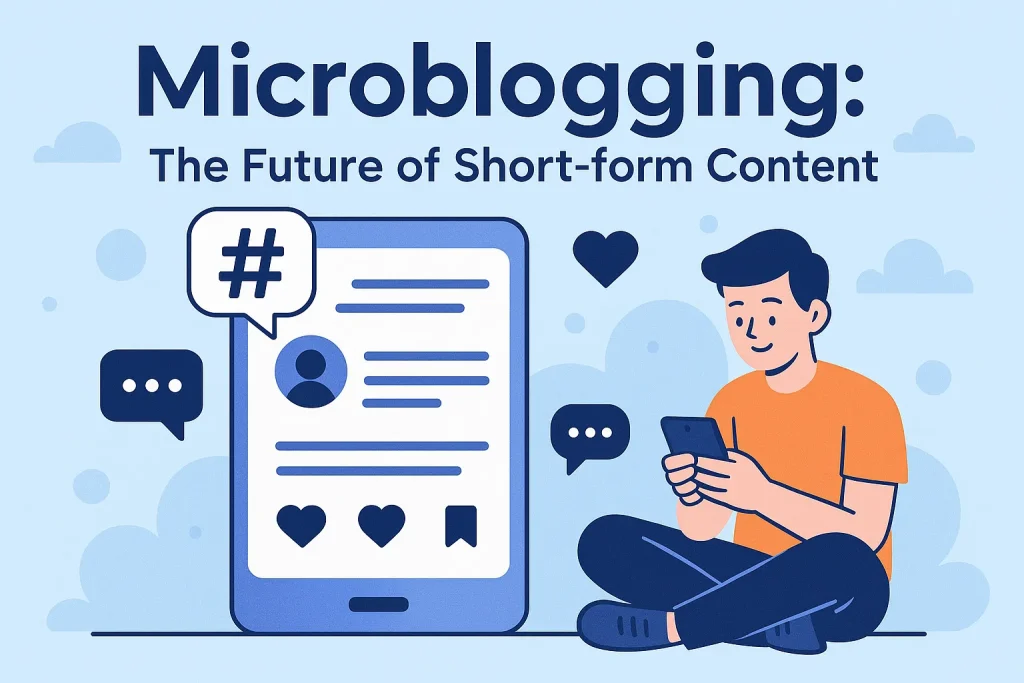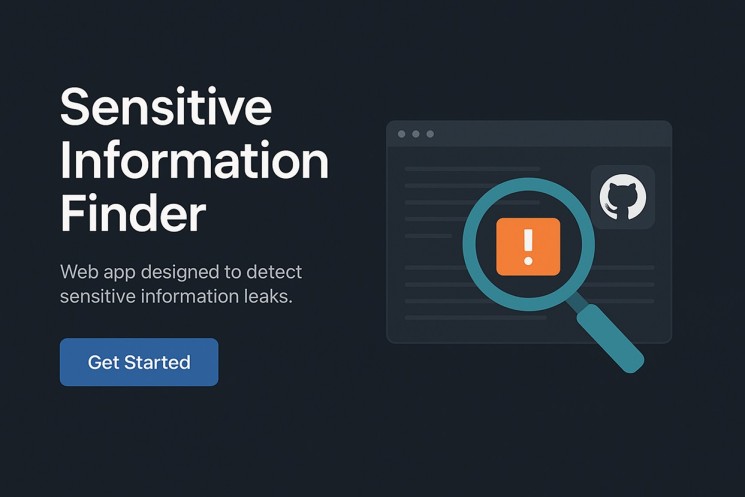Introduction: Who Am I?
Hey there! I’m Aathil Ahamed, a final-year computer science student and cybersecurity enthusiast. I’ve spent a good portion of my life struggling to choose a career path, jumping from web development to AI, and then to cybersecurity. It’s been a wild ride! But after all this, I found my passion in cybersecurity. I write blogs, share my experiences, and keep pushing forward in this dynamic field.
If you’re curious, you can check out my GitHub and LinkedIn to see more about my journey. I’ve also been ranking in the top 10% of TryHackMe challenges. That’s my proud moment!
What Is Microblogging?

Microblogging is all about creating short-form content that gets straight to the point. Unlike traditional blogs that might be long and drawn-out, microblogs are compact, quick reads that share useful information in a concise manner.
In the age of AI and short attention spans, microblogging fits perfectly. With platforms like Twitter, LinkedIn, and even personal blogs, you can share valuable nuggets of information in just a few lines.
Why Microblogging?

Here’s the thing: People are consuming content differently today. Gone are the days when someone would sit down to read a 1,000-word article. Now, we’re more likely to scroll through quick posts, whether it’s a tweet or a short blog post. And guess what? That’s why I’ve switched to microblogging.
I’m writing short content that answers specific questions or provides quick fixes for common issues, especially in cybersecurity. This helps me provide value without overwhelming my audience.
Microblogging and SEO: A New Approach

While long-form SEO-friendly content is often considered the key to driving traffic, microblogging offers a unique advantage. By focusing on long-tail keywords and specific search queries, you can create content that answers exact questions people are searching for.
Here’s how it works:
- Long-tail keywords: Think of those specific search queries that people type when they need a quick solution.
- Short-form content: A few sentences explaining the answer or solution. No fluff. Just the goods.
This approach not only caters to short attention spans but also helps in ranking better for specific queries!
Target Audience: Who Am I Writing For?

I’m writing for short-form content readers—the folks who don’t have the time (or the patience) for lengthy articles. My audience is looking for answers, tips, and quick solutions. Whether it’s fixing bugs, solving CTF challenges, or explaining a cybersecurity concept, my goal is to make learning accessible in bite-sized portions.
My Microblogging Strategy: What I Write About

I focus on content that matters. Here’s what I usually cover:
- CTF Challenges: I’ve been actively participating in CTF competitions like PicoCTF and TriHackMe. I share my experiences, tools, and solutions from these challenges.
- Cybersecurity Scripts: Need a quick PHP shell script or a Python tool for penetration testing? I share these scripts on my blog.
- Cybersecurity Projects: From creating tools to exploring vulnerabilities, I document my projects and share the code on GitHub. You can follow along and get the source code too!
- Career Advice: I share my journey in cybersecurity. I’ve struggled a lot with career decisions, and I want to help those going through the same. My personal experience might just help someone out there!
How AI and GPT Are Changing Content Creation
In the age of GPT and AI, people’s habits are shifting. Instead of turning to Google or StackOverflow, people now rely on AI models like ChatGPT to get instant answers. This change in search behavior has forced content creators like me to adapt.
We’re no longer just competing for Google search rankings; we’re competing for AI-generated content dominance. So, creating short, highly targeted content is essential. That’s why I focus on microblogging.
Why I Chose Microblogging

So, why microblogging and not traditional blogging? Well, as I mentioned earlier, attention spans are shorter. People want quick, actionable content. Microblogging allows me to give them that—without losing the quality of information.
I also love that I can produce more posts in less time. It’s all about consistency, and that’s what I aim for—quality content that’s easily digestible.
Conclusion: The Future of Blogging
Microblogging is here to stay. It’s the future of content creation for short-attention-span readers. As AI continues to shape how we search for information, content creators like me need to embrace this change and adapt.
If you’re looking to create content that people actually read, then microblogging is your best bet. It’s all about providing value—and doing it quickly.


